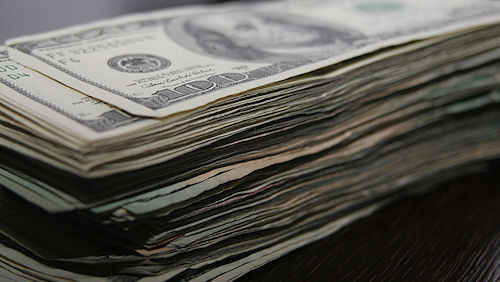Ever sat down in front of the television to watch a big-buy in poker tournament and wondered how so many players managed to find $10,000 or more to enter?

Okay, so most of us recognize that not everyone stumped up the cash straight out of their own pocket. For big events such as the WSOP Main Event or the Aussie Millions, a fair chunk of the field would have won their way in through a satellite – paying only a small percentage of the buy-in to win their ticket through.
But there is another method some players use to play in events they might not otherwise be able to afford – staking. This is where a player has someone, known as a backer, bankrolling their entry fees.
So how does this work? Well, the exact details of any arrangement between a backer and a player can vary quite significantly from deal to deal but one constant is that not everyone with dreams of grandeur can just go out and find someone to pay their way into bigger tournaments. From the backer’s point of view, he is only going to put his own money on the line if he believes he stands a very good chance of getting it back with interest, so backers are always very careful to back players they know boast a certain skill level.
Once it is agreed by a backer to bankroll a particular player, the two will work out a specific deal as to how payment will work. Again, the details of this can vary but a common deal for a $10,000 buy-in tournament might see the player owing the backer that $10,000 in what is called “make-up” – which is how much the backer has spent on the player – plus 40 per cent of the profits. Or, the backer might charge the player only half of the “make-up” but demand a bigger slice of any profits.

There are a few important factors to consider here, though. Most backing deals aren’t for a single tournament but usually stretch over a considerable length of time. Tournaments are renowned for their huge variance so there is a good chance that the player in question won’t make the money in any given tournament, but if they are skilled then the backer recognizes that they are likely to make a profit in the long run. This is why they take the risk.
As for the player, well, everyone has to start somewhere. Even the most talented up and coming players still need to build a bankroll. They don’t always have the money to be able to buy-in to the number of events they need to in order to let their abilities shine through, so finding a backer provides that opportunity.
If it all goes to plan, the player will eventually have enough money behind them to go it alone while the backer can shake hands and walk away with a very tidy profit of their own.







